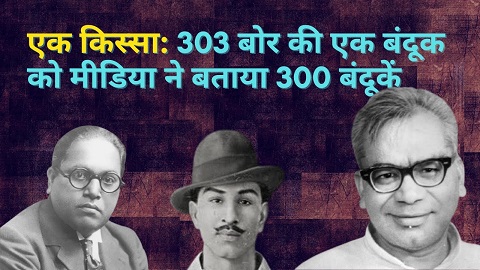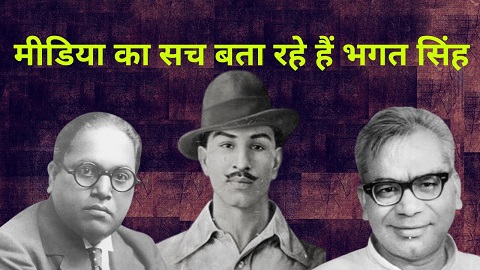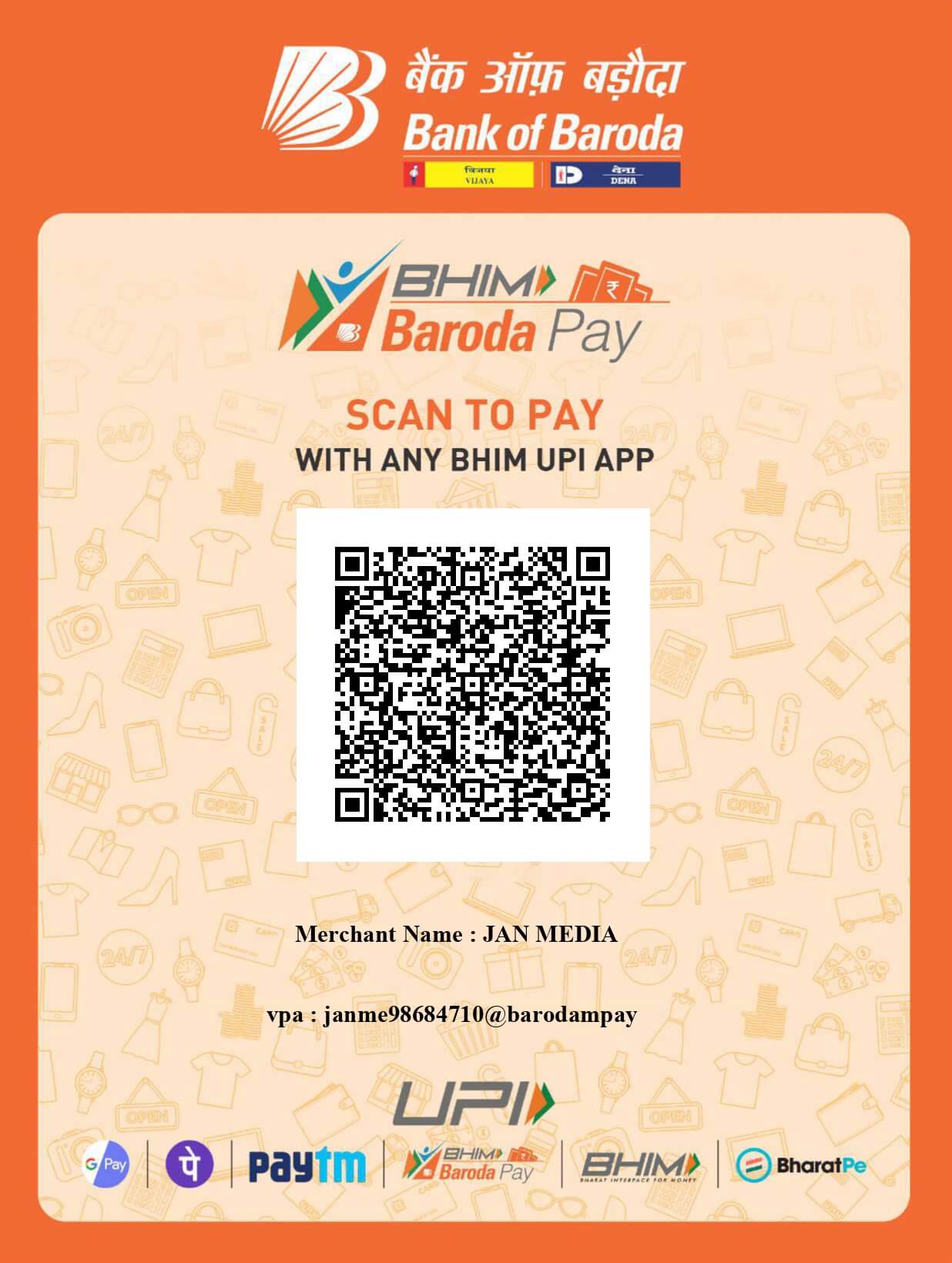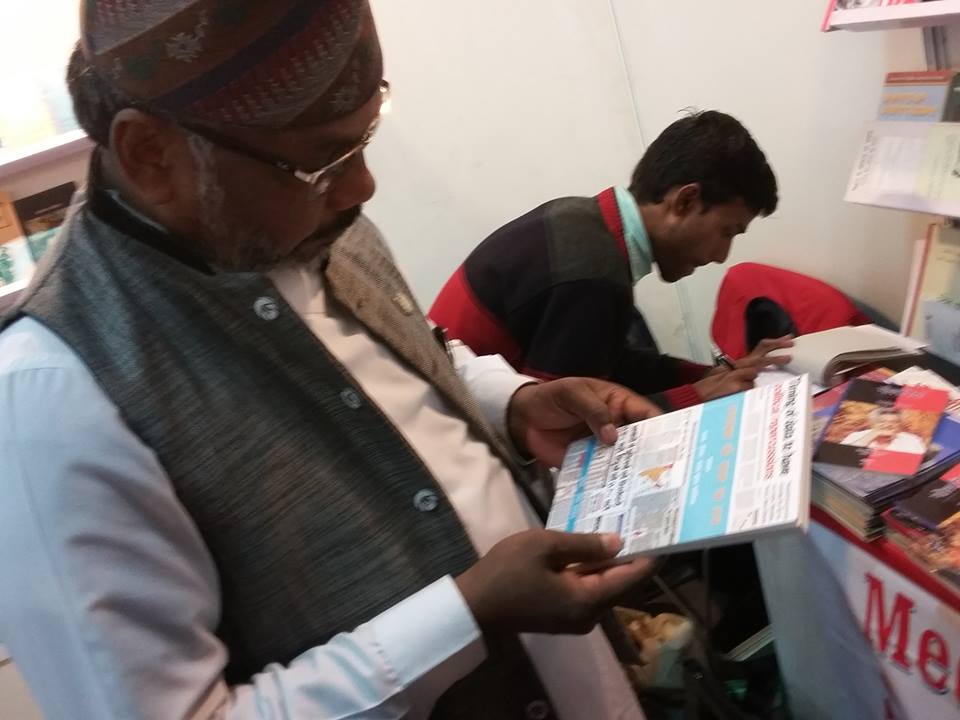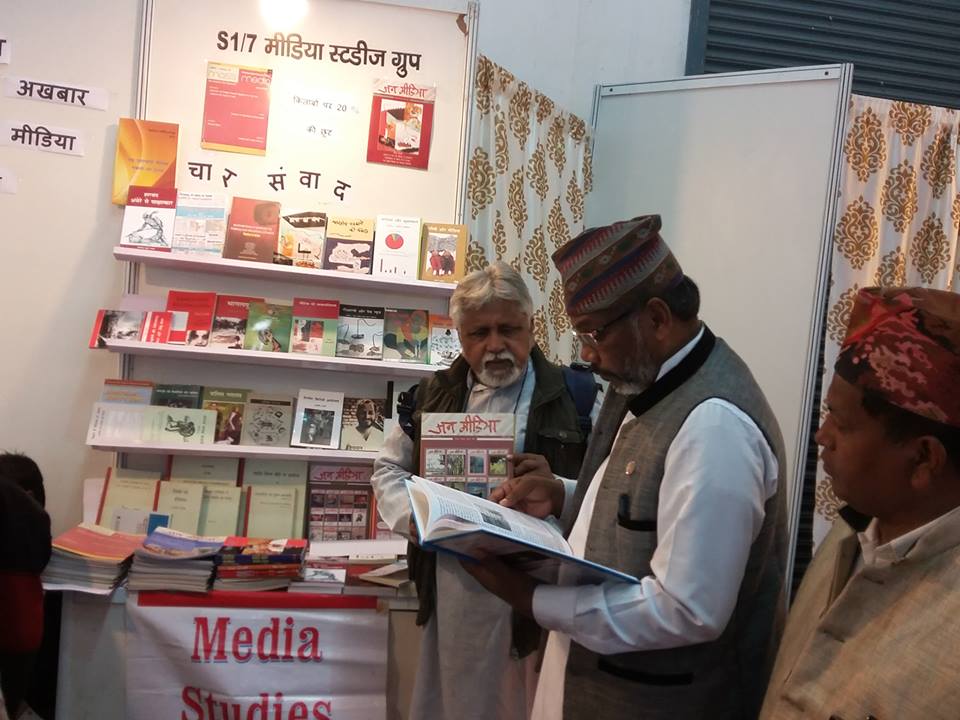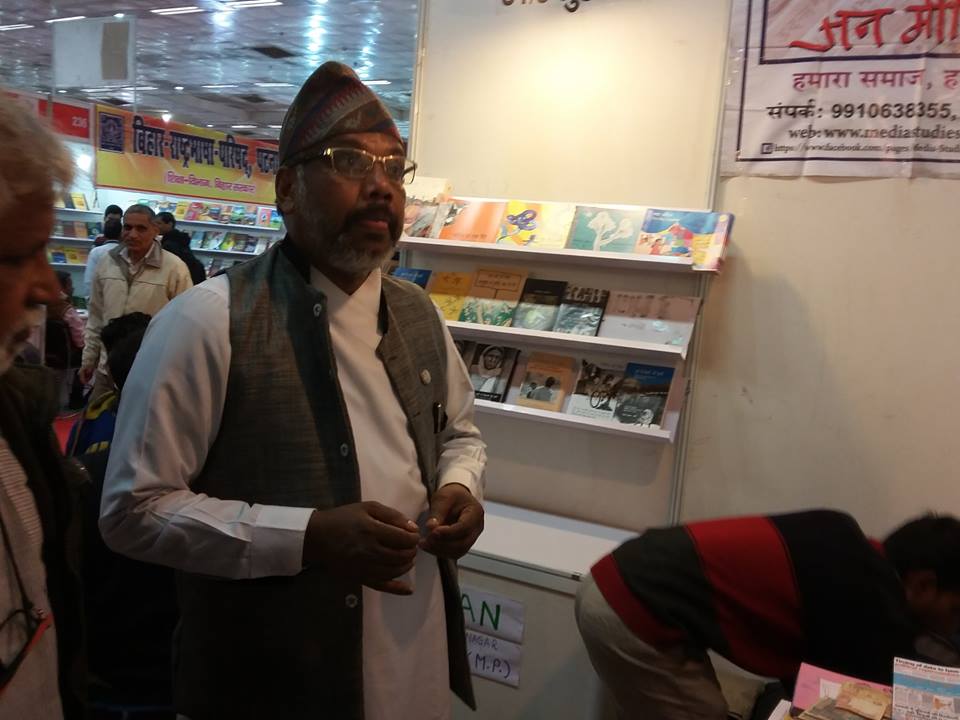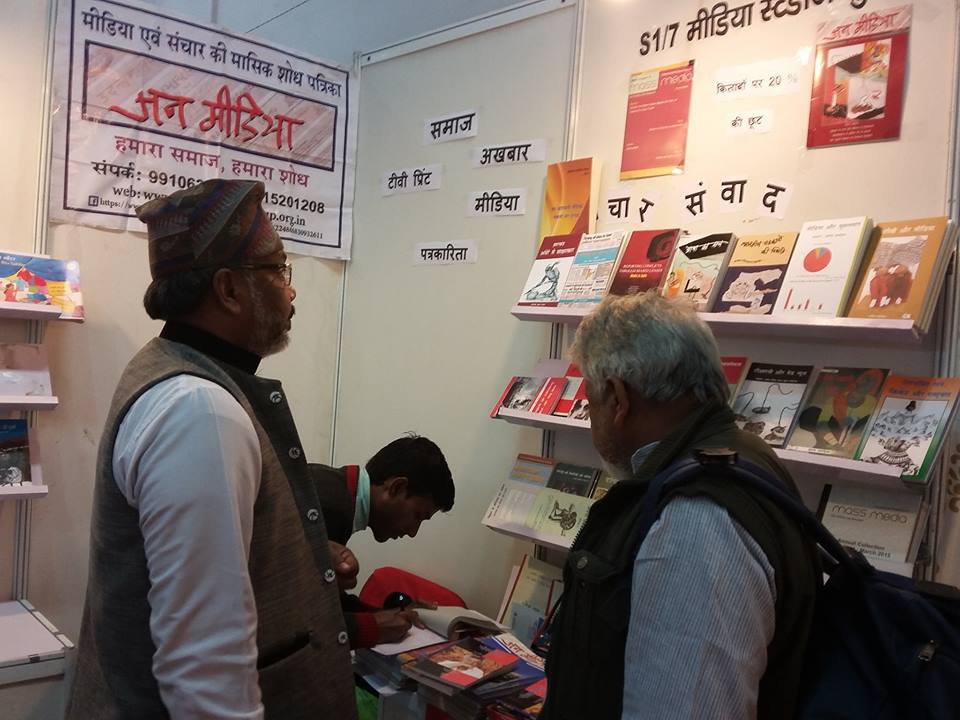The Indian culture, often labeled as an amalgamation of several various cultures and India has a prevailing tradition of the joint family system. Even today the majority of Indians have their marriages planned by their parents and other respected family members. India being a multi cultural, multi ethnic and multi religious society, celebrates festivals of various religions. Indian Television is a huge industry by itself, and has thousands
of programs in all states of India. Every soaps seemed to express a complete retualisation of the family. The joint family has been glorified in different soaps. The story lines of the serials are associating with certain geographic and dialectic boundaries, it might have increased the drama value but in a country like India where every culture has a distinct identity, it seems to have created an association between the culture and region where it has represented.
2 Depiction of Cultural Variation in Indian Television
The term culture derived from the Latin word ‘cultura’ which is traced to the root
‘Colera’ which means inhabit, cultivate, protect, honour with worship etc. Williams
(1976) has succinctly identified the historical shifts in the current uses of the term
‘Culture’. In the first usage, it refers to intellectual, spiritual and aesthetic
development of an individual, group, or society. In the second usage, it tends to
capture the range of intellectual and artistic activities and their products (film, art,
theatre etc). In third usage popularized by social anthropologists and academicians of
cultural studies remains central to the discipline this view contends that culture can
be found everywhere and it is associated with the everyday life, activities, beliefs and
customs of people, groups and society.
The Indian culture, often labeled as an amalgamation of several various
cultures, spans across the Indian subcontinent and has been influenced and shaped
by the history that is several thousand years old. Many elements of India’s diverse
cultures such as: family structure, festivals, clothing, dance, drama and theatre.
Family Structure
India has a prevailing tradition of the joint family system. It is a system under
which extended members of a family parents, children, the children’s spouses and
their offspring etc. live together. In a 1966 study, Orenstein and Micklin analyzed
India’s population data and family structure. Their studies suggest that Indian
household sizes had remained similar over the 1911 to 1951 period. Thereafter with
urbanization and economic development, India has witnessed a break up of
traditional joint family in to more nuclear- like families. The traditional large joint
family in India, in the 1990s accounted for a small percent of Indian households and
on average had lower per capita household income. Sinha, in his book defined that
joint family still persists in some areas and in certain conditions in part due to
cultural traditions and in part due to practical factors.
3 Depiction of Cultural Variation in Indian Television
Indian Marriage
For centuries, arranged marriages have been tradition in Indian society. Even
today the majority of Indians have their marriages planned by their parents and
other respected family members. Wedding are festive occasions in India with
extensive decoration, colours, music, dance, costumes and rituals that depend on the
religion of the bride and the groom, as well as their preferences.
Festivals
India being a multi cultural, multi ethnic and multi religious society, celebrates
holidays and festivals of various religions. Popular religions festivals include the
Hindu festivals: Janmastami, Dewali, Maha Sivaratri, Ganesh Chaturthi, Durga Puja,
Holi, Ratha Yatra, Ugadi, Onam, Vasanta Panchami, Raksha bandhan and Dussehra.
The Islamic festivals are observed in India are Eid-Ul-Fitr, Eid-Ul-Juha, Muharram.
Christians festivals celebrate Christmas and Good Friday.
Clothing
Traditional clothing in India greatly varies across different parts of the country
and is influenced by local culture, geography, climate and urban/rural settings.
Popular styles of dress include draped garments such as Sari for women and dhoti or
Lungi or Panche (in kannada) for men. Stitching clothes are also popular such as
Churidar or Salwar-Kameez for women, with Dupatta(long Scraf) thrown over
shoulder completing the outfit.
Indian women perfect their sense of charm and fashion with makeup and
ornaments. Bindi, mehendi, ear rings, bangles and other jewelry are common. On
special occasions, such as marriage ceremonies and festivals, women may wear
cheerful colors with various ornaments made with gold, silver or other regional
stones and gems. Christians preferring Western and muslims preferring the Arabic
styles. For men, stitched versions include kurta-pyjama and European-style trousers
4 Depiction of Cultural Variation in Indian Television
and shirts. In urban and semi-urban centers, men and women of all religious
backgrounds can often be seen in jeans, trousers, shirts, suits, kurtas and variety of
other fashions.
Culture and communication are the two sides of the same coin. Cultural
components like customs, rules, rituals, laws and other patterns are created and
shared through communication. As Ruben (2001) rightly points out, culture is
created, shaped, transmitted and learned through communication. The reverse is
also true: that is communication practices are largely created, shaped and
transmitted by culture. Today Indian Television is a huge industry by itself, and has
thousands of programs in all states of India. TV soaps are extremely popular with
housewives as well as working women, even men of all kinds.
The theme of soaps an Indian television underwent a major transformation
from the year 2000 un-wards with the entry of a production house, Balaji Telefilms.
With lesser known actors, this production house launched long-running, prime time
soaps that garned every TRPs (Television Rating Points). However, there is a severe
dearth of academic literature on the Subject except for a few research studies
available, prominent being prime time soap operas on Indian Television, authored by
Shoma Munshi, Professor at American University of Kuwait.
Dr. Munshi’s research follows the era ushered by the kind of soaps mentioned
here in a positive way and comments on notions of gender and identity propagated
through this means of popular culture. Focusing on the complex construction of
family, tradition and gender her book analyses the structure of soaps in the context
of their fractured and never ending frames and plot outlines. This study would
attempt to analyze and define the role of television as a cultural synthesizer.
Review of Literature
5 Depiction of Cultural Variation in Indian Television
An influential early writer in this field is Tania Modleski (1988), whose work is a
classic for identifying that soap narratives have a uniquely feminine aesthetic. Ruchi
Jaggi has defined the new breed of soaps projects itself as a change agent to
propagate women empowerment. Whether the new breed addresses issues of re-
carve the identity of women and empower her or it is still playing the old games of
stereotypically sensational images of gender bias is a question of ponder. She
defined the Indian family in prime time soaps is structured in a way that it becomes
the context of the narrative.
Objectives of the Study
The study was carried out- with the following objectives.
1. To study the ‘feminine-oriented’ narrative in Indian Television serials.
2. To analyse the family, traditions, rituals reinforce the Indian culture
Methodology
This study is analytical and descriptive in nature and therefore the study was
pursued with secondary data drawn various published sources.
Synthesizing of Socio-Cultural Issues
Feminine-oriented issue-women are the central protagonists of all soaps. Thus
this genre carries ‘feminine connotations’ heavily in contemporary culture. They are
either very positive or very negative characters. Some scholars espouse that the
female audience that indulges in these soaps have ‘liberating experience’. “In
overcoming the social opposition to the stigma attached to the feminine content and
style, and engaging in soap opera viewing women celebrate their feminity,
particularly their gendered identification with romance, rationality, intuitiveness,
talkativeness and other aspects of emotionality” (Blumenthal, 1997). The new breed
of soaps projects itself as a change agent to propagate women empowerment. Some
new breed address issues to re-carve the identity of women and empower her.
6 Depiction of Cultural Variation in Indian Television
The depiction of women in television soaps earlier was such that they were
portrayed as self sacrificing and caring, thus establishing stereo types. In the early
1990’s, there were a lot of television soaps that captured the journey of women from
the domestic to the professional world. Late 1990s saw a reversal of sorts to the
1880s. Women were back to their husband and households. Every soap opera
seemed to express a complete reutilization of the family. These women were out
worldly smart and intelligent but traditional and ritualistic. The imagery of their self
sacrificing persons was linked to the Indian mythological subtext.
The joint family has been glorified in different soaps. The struggle of a nuclear
family, which is soon becoming the reality of modern Indian, does not find a mention
in these soaps. The nuclear family is in fact completely missing from the landscape on
Indian television. The construct of a feminine oriented narrative is built on the
concepts of family structure patriarchy and rituals.
Case Studies
Kyunki Saas Bhi Kabhi Bahu Thi (Because the mother-in law was also once
Daughter- in law).
In India culture, it is said that when a woman marries, she marries her entire
family. And her relationship with mother-in law can often be crucial to her survival in
the bridal home launched in July 2000, spanned over eight years. The second soap
opera from the same production Balaji Teleflim was “Kahani Ghar Ghar Ki”. The
central protagonist of both these soaps was women who played ideal daughters in-
law, who kept everyone happy and strived to maintain harmony in the house. These
two characters, who for many represent the epitome of Indian womenhood,
featured at the centre of both the appeal and the contestation that have made these
serials a television phenomenon (Raghaban, 2008).
7 Depiction of Cultural Variation in Indian Television
The representation of the female protagonists in these soap operas is derived
from the hierarchical textual authority of the religious epic ‘Ramayan’ as they are
represented in a way where they have all the virtues of ‘Ramayan’s heroine sita-
dutiful and virtuous, the perfect example of loyalty and morality, the ideal daughter,
ideal wife and ideal mother.
Shailaja Bajpai, television critic for the Indian Express newspaper says Kyunki’s
success was due to the fact that it was “a universal story that appealed to everyone”.
In India, the family is paramount and the producer, Balaji Telefilms, cashed in on
that.”It was a winning combination of piety and family ”.
In TV serials women were modern yet unifying the family and preserving
cultural heritage while India’s repositioning was happening in the global market place
(Fazal, 2009). Male characters functioned mostly as an index to position women
relationally, as mother, wife or daughter in-law. These soaps dealt with domestic
politics in rich urban settings. A comment by Nikhat kazmi, a well known Indian
media and film critic in the 7 th September 2003 edition of the Sunday Times of India
said: “The noble Indian woman, as defined by the mandarins in the soap department,
is a joyless, sexless being that spends most of its time whining, lecturing and playing
a 100 percent wimp”(Lalwani, 2003). According to columnist Neera Chadhokhe of the
Hindu (Indian daily), these soap operas undid the feminist movement as they were
enthusiastically received, created an audience and presented woman as happily
domesticated with traditional patriarchal household as a structure of power where
women were denied even their basic rights. These types of soaps emphasized the
traditional extended joint family, and the narratives revolved around the trials and
tribulations of the central female characters in their attempts to resolve family
conflicts and keep the family strung together. Importance was given to family and
family values over personal desires of women.
8 Depiction of Cultural Variation in Indian Television
‘Balika Vadhu’ (The Child Bride)
Even though Kyunki, Kahani and Kasauti ended after being on air for several
years, newer dramas with more prescient themes have taken their place to satisfy an
audience hungry for TV drama. Professor Munshi explains: “They are still set within
the big joint families where several generations live together, but Balika Vadhu (The
Child Bride), which deals with child marriages and Na Aanna Is Des Laado (Do not
come to This Country, Darling), which is about female, foeticide, deal with socially
relevant issues”.
‘Balika Vadhu’ – a story about the age old practice of child marriage set in rural
Rajastan. The serial has focused Rajastani culture, customs and style of dialogue
presentation. Media critic Sevanti Ninan is her article on the web site www.the
hoot.org in September 2008 says: “Across the channels, it is replete with overdone
family sagas of marriage and intrigue. A new channel that bucked the trend to put on
an imaginative serial that tackles a social issue deserves to be congratulated”.
Sevanti Ninan, in an article in the Hindu comments on this soap and its likes.
She says: “Judging by the popularity of these dramas, female empowerment as we
understand it would seem to be the last thing on any viewer’s mind. Marriage and its
associated rituals are the central motif in one tale after another which is purportedly
on social issues serve up pounds of regression for every ounce of progressive intent.
Recently a serial “Ek Rista Sajhedari Ka” is going to telecast in Sony channel.
This serial is also focusing the joint family concept, marriage and family culture. The
meaning of relationship and understanding in family and cultural system is focused
here.
Conclusion
9 Depiction of Cultural Variation in Indian Television
Indian soaps, working on the assumption that woman is the primary target of
the drama, tend to favour very strong- positive and negative- female characters. The
men are by and large, secondary. All the top shows across channels reveal this bias
(Bajpai, 2003)
To enjoy a mass audience, the media have to cater to a taste that is not very
‘cultured’ or sophisticated. What the mass media therefore reflect and propagate is a
popular culture. The culture made popular by the mainstream media like television.
With the rapid expansion of television, popular culture is likely to take on new forms,
the myths of our culture will find expression in ever new ways. Anand Mitra,
Professor in the Department of Communication, Wake Forest University, USA
considers the variety of texts like Mahabharata and Ramayana in depth to obtain
some conclusions about the position of Doordarshan in Indian culture. He specifically
examines the role of television plays in shaping as well as reflecting Indian popular
culture. Defining culture as a set of everyday practices that reflects the lived
experience of various groups of people. Mitra explores and interprets the way in
which is presented in the extremely successful serial Mahabharat. Dr. Mitra argues
here that Doordarshan is redefined what is currently considered and preferred
combination of social, religious and cultural elements.
These soaps like ‘Kyunki Saas Kabhi Bahu Thi’, ‘Kahani Ghar Ghar Ki’, ‘Balika
Vadhu’, ‘Na Anna Is des Laado’ marked a paradigm shift from the pro social soaps of
the earlier era which were based on the education through entertainment model in
the context of development and nation building. Indian culture was focused by the
palatial setting in which the soap has been shot. The ethnic attire and jewellery worn
by women characters so much. Each soap has expressed a complete ritualization of
the family. The joint family of our culture has glorified in these soaps. The storylines
of these soaps are associating with certain geographic and dialectic boundaries, it
10 Depiction of Cultural Variation in Indian Television
might have increased the drama value but in a country like India where every culture
has a distinct identity, it seems to have created an association between the culture
and region where it has represented. Such cultural connection however provides a
lot of opportunities to include ritualistic and religious elements to construct
traditional narratives.
India has more than 800 channels and TV is the cheapest and most accessible
form of entertainment in a country where the majority of people still live incredibly
challenging lives. Family soap operas continue to consistently dominate the ratings.
Looking at their popularity, it seems unlikely that production houses will deviate
from a tried and tested formula. As professor Munshi predicts: “TV dramas have a
bright future. They are the bread and butter of entertainment channels”. But the
important role of television is the serials should be culture based, and realistic social
relationship issues should be focused.
References
1. Carey, J. (1988). Communication as Culture, MA: Unwin Hyman, Boston.
2. Chandhoke, N. (2003), Counter Revolution in Soaps, Retrieved from
http://www.the hindu.com. the hindu/mag/2001/12/02/stories/ 20011202
00170500.htm on 17 th March 2010.
3. Fazal.S (2009), Emancipation or Anchored Individualism? Women and TV
Soaps in India. In W. Dissanayake & M.K. Gokulsingh (2009) Popular Culture
in Globalized World (pp. 41-52). Routledge.
4. Fiske, J. (1987). Television Culture, Methuen, London.
5. Lalwani, V. (2003) Balaji Telefilms: Kahani Aurat Kii, Indian television
dotcom’s perspective, Retrieved from http://www.Indiantelevision.com/
perspectives/y2k3/balaji.htm on 7 April 2010.
6. Mc Quail, D. (2005). MC Quil’s Mass Communication Theory, Sage, London.
11 Depiction of Cultural Variation in Indian Television
7. Modleski, T. (1988), Loving with a vengeance: Mass Produced Fantasies for
Women, Routledge, Newyork.
8. Munshi, S. (2010). Prime time Soap Operas on Indian television. Routledge.
9. Ninan, S. (2008). No country for young girls? Retrieved from
http://www.thehoot.org/web/home/story.php?storyid=3316&pg=I&mod=I&
section ID=25 on 5 April 2010.
10. Ninan, S. (2010). Is the empowerment? Retrieved from http://beta.the
hindu.com/arts/magazines/article 385284.ece on 5 April 2010.
11. Raghavan, P. (2008). Family, Politics and Popular television: an
ethnographic study of viewing an Indian social melodrama.
12. Ranade, Sanjay (2009). Balika Vadhu: Showcasing reality through drama
and text. Retrieved from http://infochangeindia.org/media/related-
Analysis/ Balika-Vadhu-Showcasing-reality-through-dramaand-text.html on
8 April 2010.


